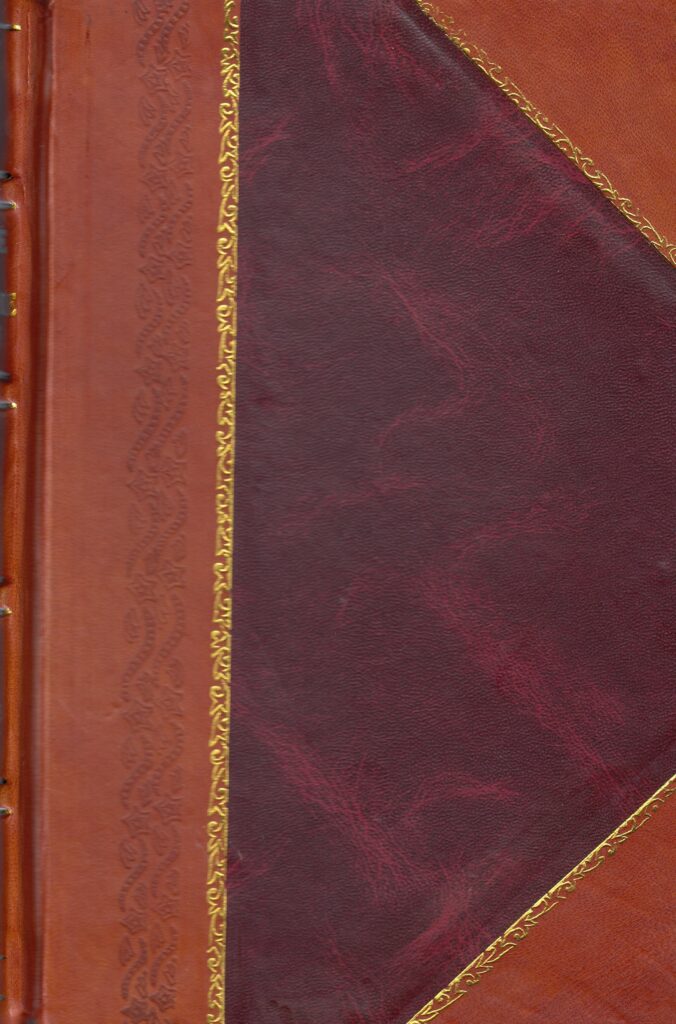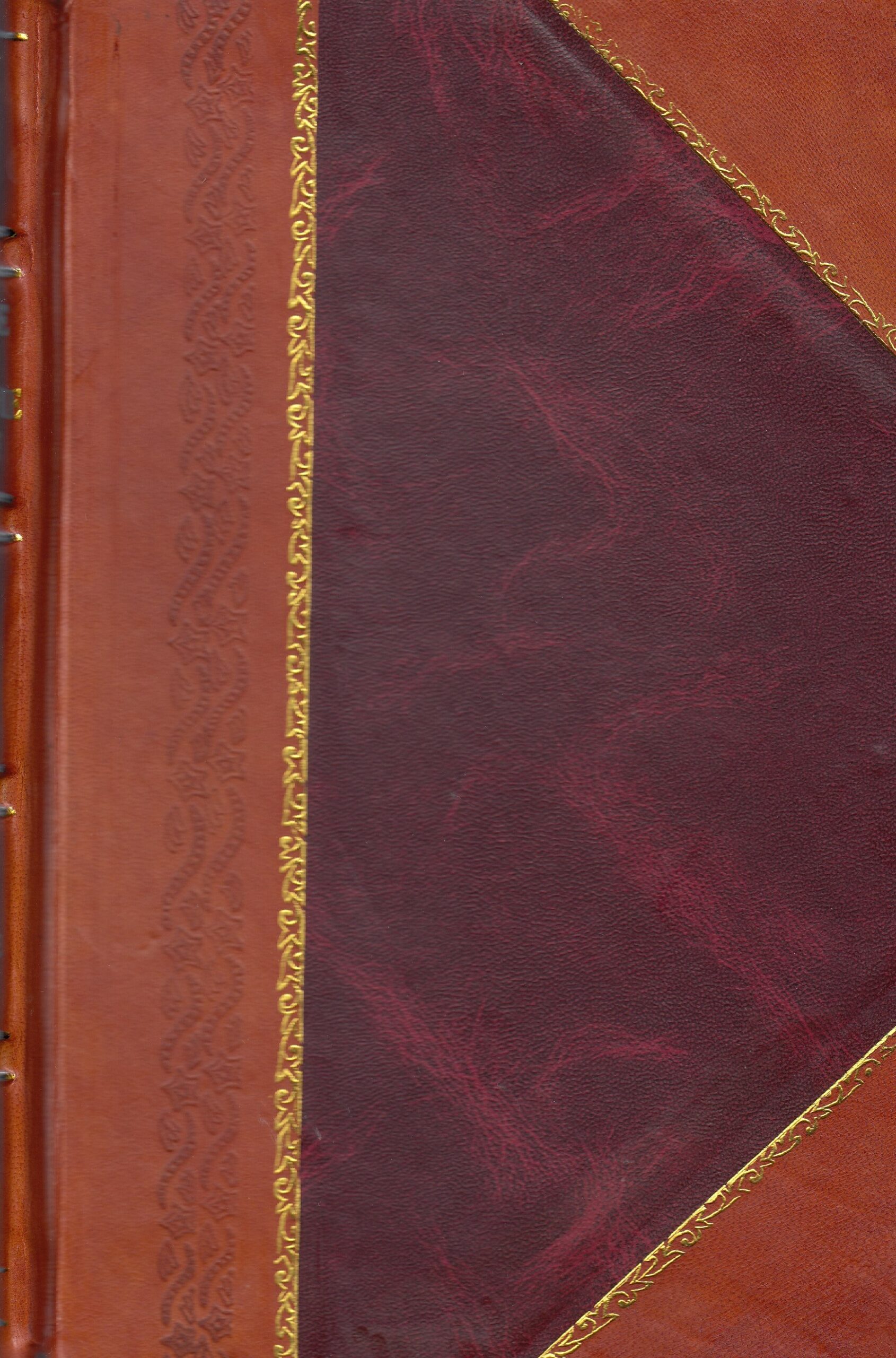
Text auf Wikipedia (abgerufen am 17.06.2023):
„Influenced by the fashionable beliefs of physiognomy of the 19th century, Duchenne wanted to determine how the muscles in the human face produce facial expressions which he believed to be directly linked to the soul of man. He is known, in particular, for the way he triggered muscular contractions with electrical probes, recording the resulting distorted and often grotesque expressions with the recently invented camera. He published his findings in 1862, together with extraordinary photographs of the induced expressions, in the book Mecanisme de la physionomie Humaine (The Mechanism of Human Facial Expression, also known as The Mechanism of Human Physiognomy).
Duchenne believed that the human face was a kind of map, the features of which could be codified into universal taxonomies of mental states; he was convinced that the expressions of the human face were a gateway to the soul of man.“
Buchinfo:
Guillaume-Benjamin Duchenne (de Boulogne):
Mécanisme de la Physionomie Humaine ou Analyse Électro-Physiologique de l’Expression des Passions
Paris 1862, Vicomte Jules Renquard, Libraire
ohne ISBN, Ledereinband mit Lesebändchen
298 Seiten, 9 Tafelseiten mit fotograf. Reproduktionen, 15,5 cm x 23 cm
hier Faksimile der Ausgabe von Facsimile Publishers / Guyan Books

Schreibe einen Kommentar